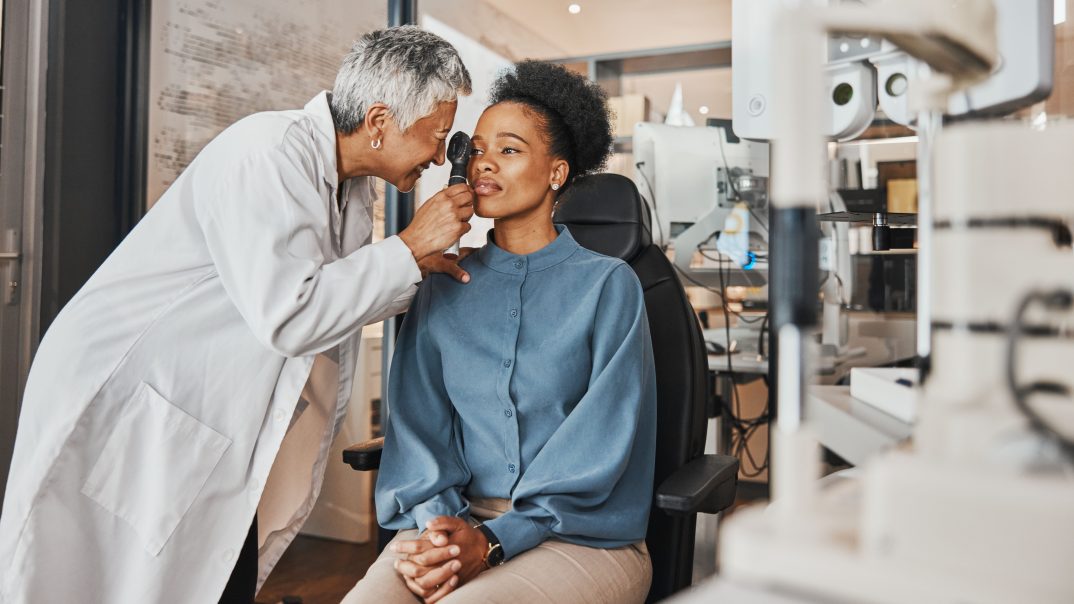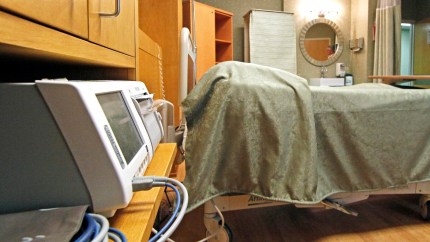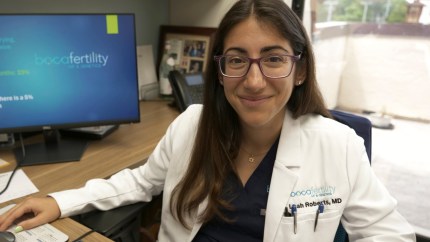5 things you can do today to lower your risk of glaucoma
A new study found that Black people are more likely to get glaucoma. Here’s how you can get ahead of this diagnosis.

Reports have found that glaucoma is more prevalent among Black people. The National Institutes of Health (NIH) previously reported that “the prevalence of glaucoma in individuals of African descent was six times the levels of the European American population in some age groups.”
While there can be a number of contributing factors, a new study found that genetics may play a role in Black people’s increased risk of developing the eye disease. In the study, published in the journal Cell, researchers found that three gene variants could be responsible for Black people’s higher risks.
“Our work is an important step toward defining subgroups of glaucoma, providing the capability for early screening and discovering targetable pathways for personalized therapeutic interventions,” Rebecca Salowe, the study’s co-author and a research project manager with the University of Pennsylvania’s Center for Genetics of Complex Disease in Philadelphia, told HealthDay News.
To conduct this study, researchers observed over 11,200 people of African ancestry. Within this observation, they found two gene variants tied to one of the most common forms of the disease, open-angle glaucoma. These findings further confirmed the NIH’s finding from a genealogic perspective as it helped develop a genetic risk score for glaucoma in Black patients, which outperformed a similar risk score based on data from people of European ancestry.
“Glaucoma is a highly familial disease, so premature and irreversible vision loss can affect multiple family members, contributing both to adverse health and economic outcomes,” Salowe added. “With current treatments for glaucoma having limited success, there is an urgent need for large genetic studies to identify novel targets for screening and therapeutic intervention in African ancestry individuals.”
Understanding the increased risk of glaucoma among Black people, here are a few things you can do to stay ahead of the disease:
Understand your risk
According to the Centers for Disease Control and Prevention, “African-Americans over age 40, all people over age 60, people with a family history of glaucoma, and people who have diabetes,” are at a higher risk of developing glaucoma. So speak to your family about any existing diagnosis and attend regular physical check-ups for other diseases, such as diabetes.
Get regular eye exams
If you fall under the category of higher-risk patients, experts suggest undergoing a comprehensive eye exam, which can help detect glaucoma at earlier stages. Similarly, they suggest that those who are at risk of glaucoma should follow a special eye exam schedule:
- Ages 40 to 54: every one to three years.
- Ages 55 to 64: every one to two years.
- Ages 65 and older: every six to 12 months
People who are not at high risk should follow the recommended annual eye exam.
Protect your eyes
In addition to being a fashion statement, sunglasses offer protection from the sun’s UV rays, which can sometimes cause a type of glaucoma.
Eat a healthy diet
As frustrating as it may be to constantly hear this advice, the idiom “you are what you eat” remains true. Studies have shown that certain foods can help lower the risk of developing glaucoma. There also are specific foods glaucoma patients should avoid to keep from worsening their symptoms.
Remain active
Having a regular active or workout routine is not only good for your overall health but also your eye health. Now you do not need to go and do the most high-intensity workout. In fact, research found that 30 to 45 minutes of brisk aerobic exercises (like walking, swimming, biking, etc.) can increase blood flow to the brain and the eye.
Recommended Stories
Never miss a beat: Get our daily stories straight to your inbox with theGrio’s newsletter.








